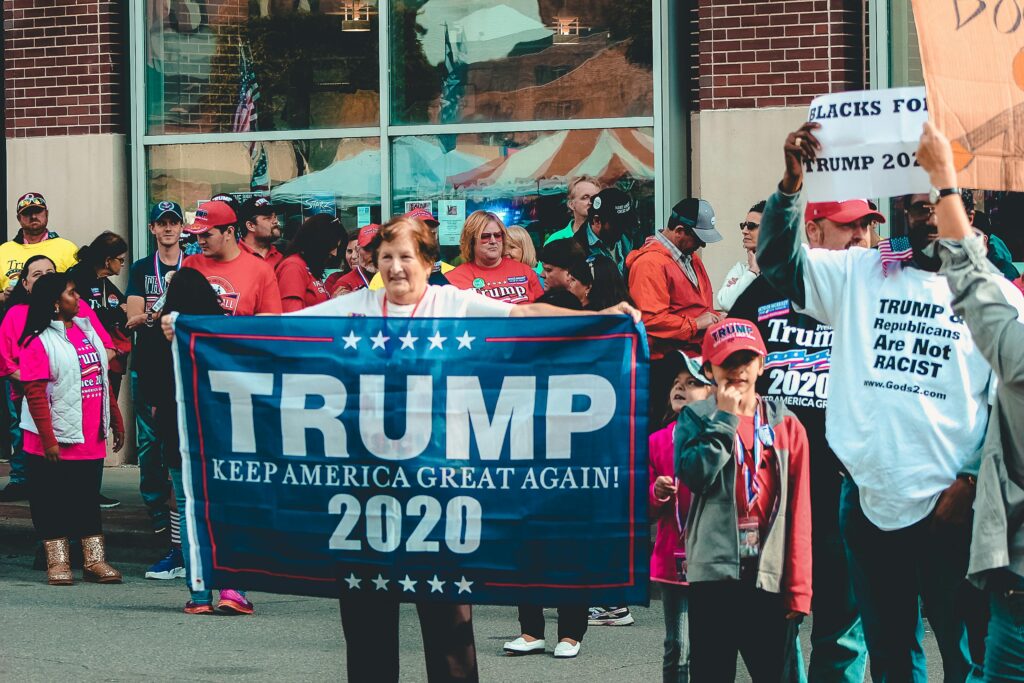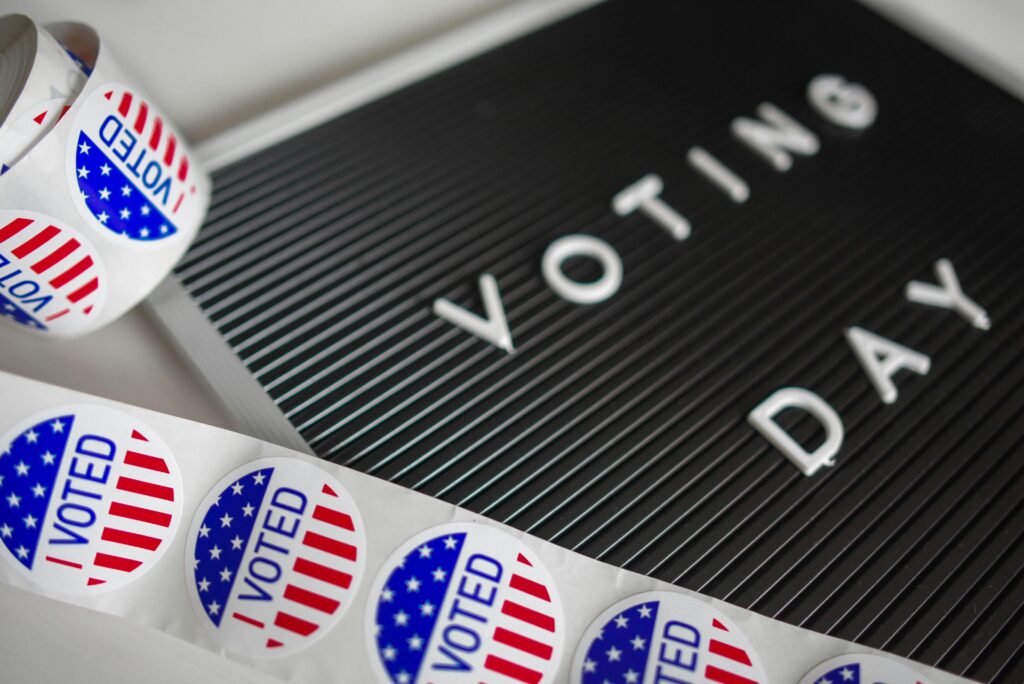Every election season, it feels impossible to escape the flood of political ads. Whether you’re watching TV, scrolling through social media, or even driving down the highway, candidates are everywhere—smiling in campaign posters or pointing out flaws in their opponents.
But have you ever wondered why politicians pour millions of dollars into advertising? The simple answer: it’s one of the most effective tools they have to influence voters and win elections.
Why Advertising Is So Central to Campaigns
The main reason politicians spend so much on advertising is to shape public perception. At the end of the day, elections are about earning trust and recognition from voters. Ads help candidates:
-
Get their name out there (especially if they’re not already well-known).
-
Control the narrative around key issues.
-
Frame their opponent in a certain light.
-
Reach undecided voters who often decide close races.
In fact, data from OpenSecrets shows that campaign ad spending has increased dramatically over the past two decades, with billions of dollars going into TV, digital, and radio advertising during each election cycle.
Why It Costs So Much
Advertising in politics doesn’t come cheap. There are a few reasons campaigns spend such eye-watering amounts:
-
Television Still Matters – Even with the rise of online platforms, TV is still the fastest way to reach millions of people. During the 2020 election, campaigns spent more than $3 billion on TV ads alone, according to AdAge.
-
Digital Targeting Is Powerful – Social media platforms like Facebook, Instagram, and YouTube let campaigns zero in on specific audiences based on location, interests, and even browsing habits. The Pew Research Center notes that digital campaigning has become an essential part of elections.
-
Keeping Up with Opponents – Campaigns are competitive by nature. If one side is saturating the airwaves, the other side has little choice but to spend just as much, if not more, to avoid being drowned out.
The Types of Political Advertising

Politicians don’t just stick to one medium—they spread their messages across several channels:
-
Television and radio ads for mass exposure.
-
Digital ads on platforms like YouTube, TikTok, and Facebook for micro-targeting.
-
Billboards and print media to stay visible in communities.
-
Direct mail campaigns that land in voters’ mailboxes.
Each serves a different purpose. A TV spot might introduce a candidate to millions, while a social media ad could directly target undecided suburban parents in a swing district.
Do These Ads Actually Work?
There’s been plenty of debate about whether political ads really change people’s minds. The truth is, most ads don’t completely flip someone’s political beliefs. Instead, they’re effective at:
-
Motivating supporters to get out and vote.
-
Swaying undecided voters, especially in competitive states.
-
Framing issues in ways that stick in people’s minds.
A study in the Journal of Politics found that while ads might not always convert strong partisans, they can tip the balance in close races where just a few thousand votes matter.
Case Studies: How Ad Spending Shaped Elections

To really understand the power of political advertising, it helps to look at some real examples:
2008 – Barack Obama’s Digital First Strategy
Obama’s campaign was one of the first to leverage digital ads at scale. His team used targeted ads on Google, Facebook, and YouTube to reach younger voters and raise small-dollar donations. According to Politico, this strategy not only helped him build record fundraising numbers but also mobilized millions of first-time voters.
2016 – Donald Trump’s Facebook Blitz
Trump’s campaign invested heavily in Facebook advertising. Reports from The New York Times revealed that his team tested thousands of ad variations daily to find the most effective ones. These micro-targeted ads helped energize rural and working-class voters, particularly in swing states, and played a big role in his upset victory.
2020 – Joe Biden’s Record-Breaking TV Spend
Biden’s campaign leaned more heavily on traditional TV advertising. According to OpenSecrets, he spent more than $600 million on broadcast ads, significantly outspending Trump. This blitz helped him dominate airwaves in battleground states like Pennsylvania and Arizona, contributing to his narrow wins in those areas.
These cases highlight how campaigns adapt their advertising strategy to the moment—Obama bet on digital early, Trump mastered micro-targeting, and Biden relied on saturation TV buys to secure key swing states.
How Advertising Defined the 2024 Election
A. Digital Ads Hit Record Highs
Online political advertising across platforms like Meta, Google, Snap, and X reached at least $1.9 billion in the 2024 election cycle, making digital a dominant force in campaign visibility. Source: Brennan Center et al. Brennan Center for Justice
Digital wasn’t just big—it was strategic. Democrats outspent Republicans significantly online, with over $182 million in ads compared to $45 million by Republicans. Source: New York Magazine New York Magazine
B. TV Remains Crucial in Swing States
Despite growing digital trends, old-school TV advertising still dominated in critical regions. By early October, swing states had absorbed $1 billion in local TV ad buys, accounting for 79% of local TV spending. Source: Solomon Partners report Solomon Partners
C. Overall Campaign Spending Reveals Hefty Totals
Candidates and parties reported forming an enormous fund stack: presidential hopefuls raised $2 billion and spent nearly $1.8 billion, while congressional candidates and PACs collectively raised and spent many billions. Source: Federal Election Commission FEC.gov
This all illustrates how ad budgets are not just add-ons—they’re the engine of modern electoral strategy.
The Criticism of Big Spending
Of course, this level of spending comes with downsides:
-
Candidates with deep pockets or wealthy donors have an advantage.
-
Campaigns often focus more on image than real policy.
-
Negative ads can spread misinformation, especially online.
These issues raise questions about fairness and whether money has too much influence in democratic systems.
Final Thoughts
So, what is the main reason politicians spend millions of dollars on advertising during elections?
Because it works. Advertising is the most direct way for candidates to control the conversation, reach undecided voters, and build recognition in a crowded political landscape.
Even if you mute the TV or scroll past a digital ad, campaigns know that repetition shapes memory. And in elections where every vote counts, no candidate can afford to stay silent.


